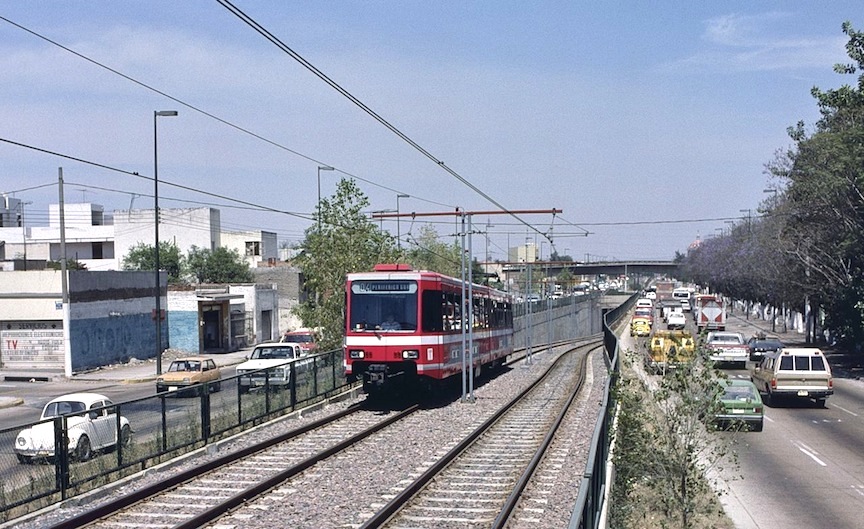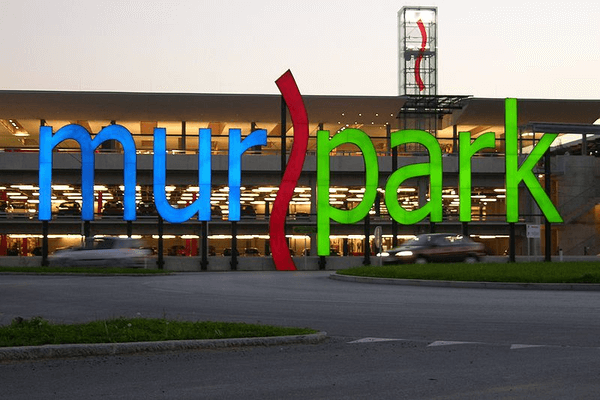City
Guadalajara
Main actors
Regional Government, National Government, Private Sector, City Government
Project area
Metropolitan Area
Duration
Ongoing since 2014
The Metro Line 3 project forms an integral part of the National Development Plan 2013-2018. It is managed by the Federal Government of Mexico and co-ordinated by the State counterpart. The development of a third metro line in the metropolitan area of Guadalajara is expected to significantly improve the mobility of passengers in the capital region and address long term sustainability goals.
The Metro Line 3 stretches across 22 km, with 17 km in viaducts and the remaining 5 km underground, and includes a total of 18 stations; 13 above ground and 5 underground. By connecting three adjacent municipalities (Zapopan, Guadalajara and Tlaquepaque), the new line aims to increase mass transport capacity, alleviate traffic congestion and decrease transit times for commuters. Utilizing wind energy, the new trains will reduce carbon dioxide emissions by 17 thousand tonnes each year.
For more information on Metropolitan Governance in Guadalajara Metropolitan Area, see: http://unhabitat.org/case-study-metropolitan-governance-guadalajara-metropolitan-area-mexico/
(UN-Habitat / GIZ).
On Map
The Map will be displayed after accepting cookie policy





